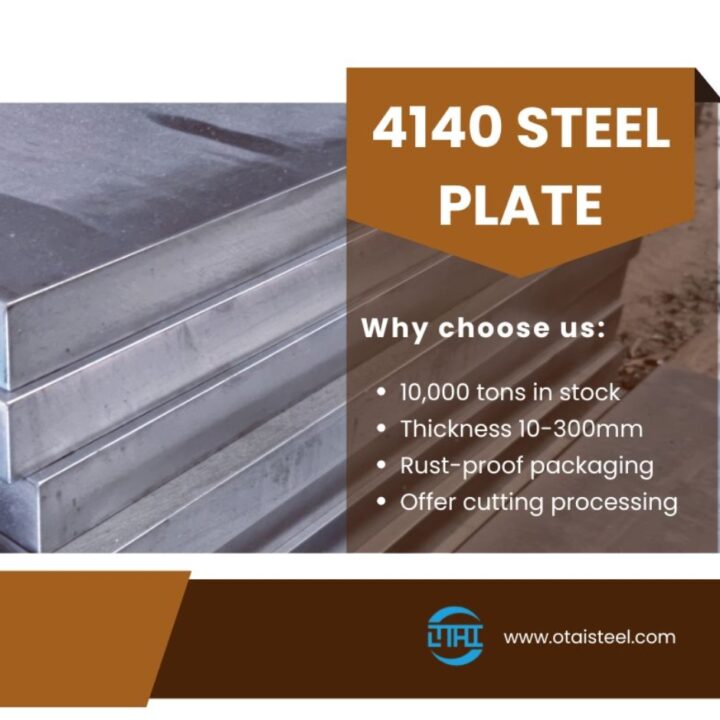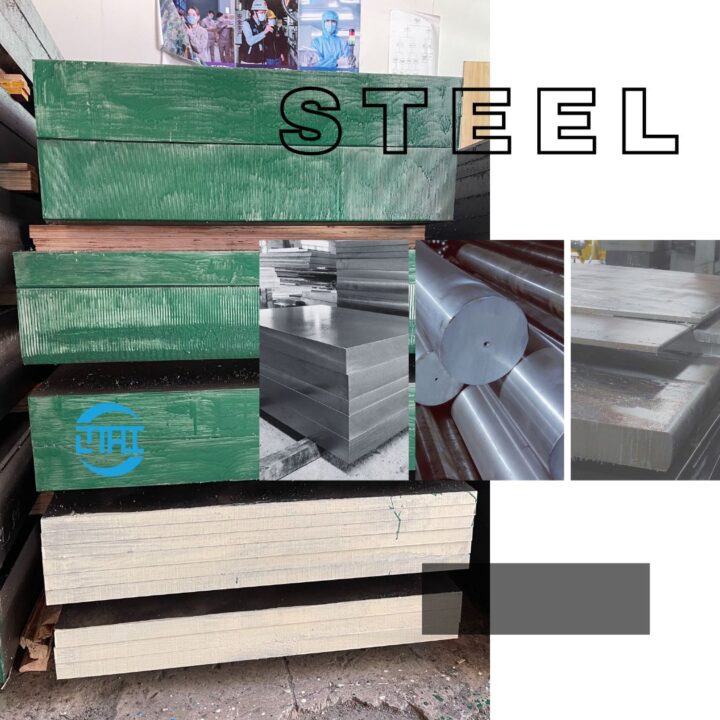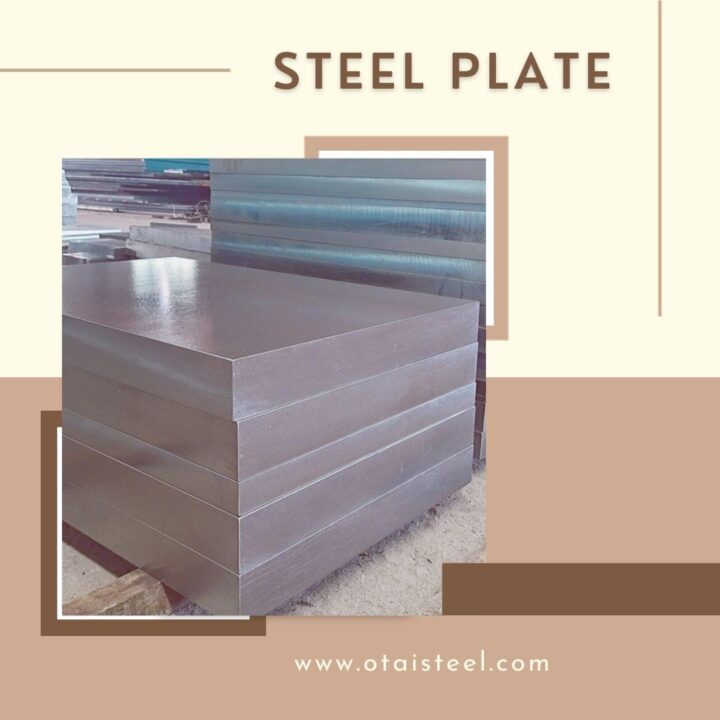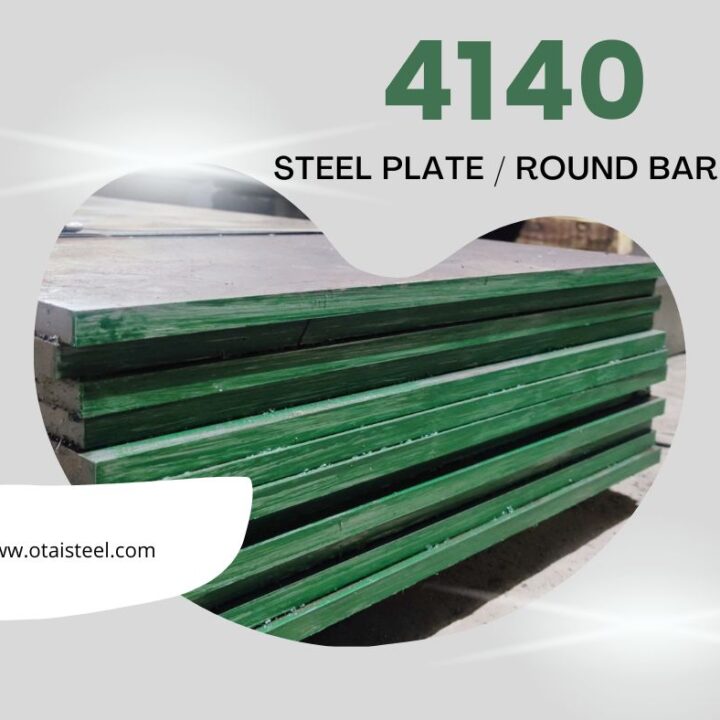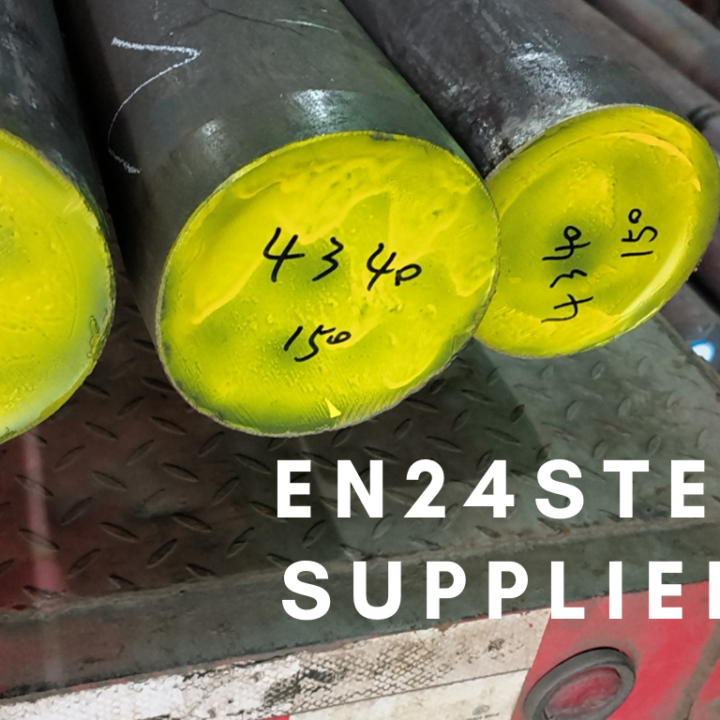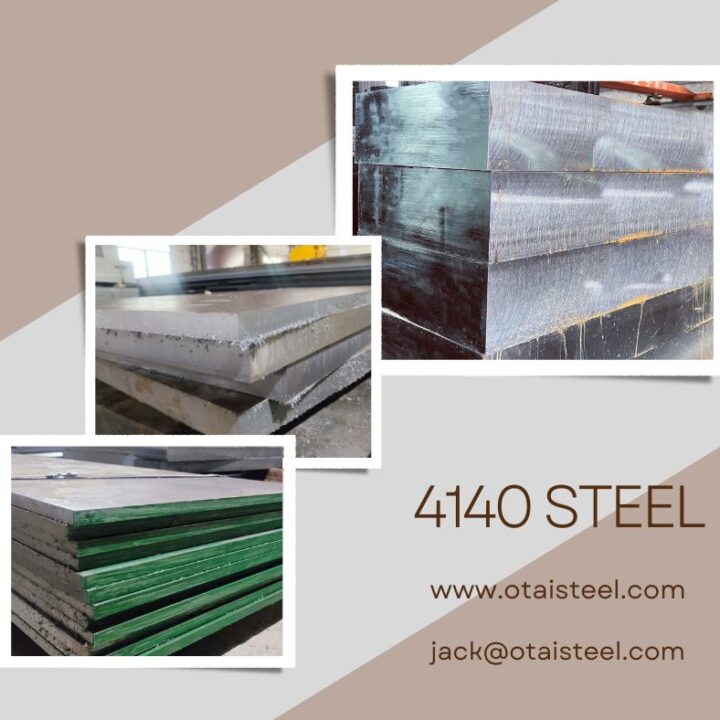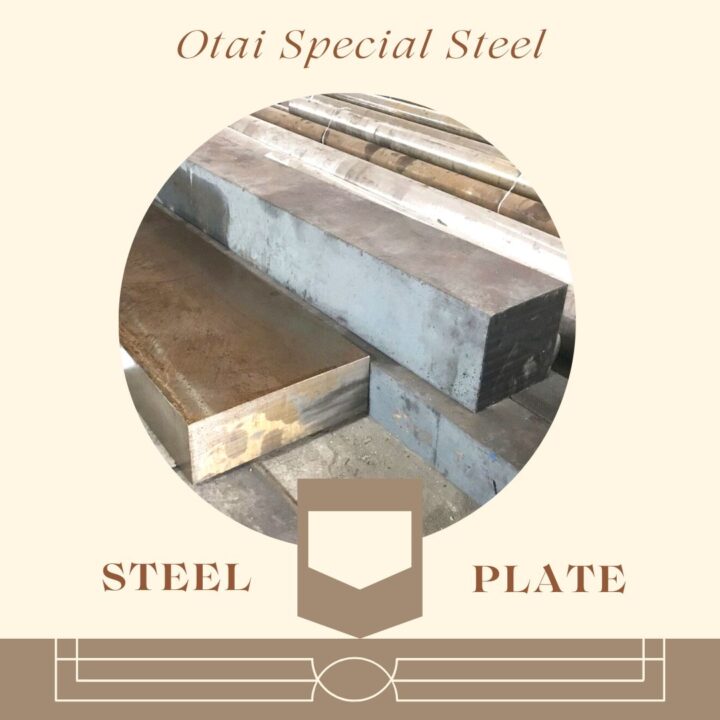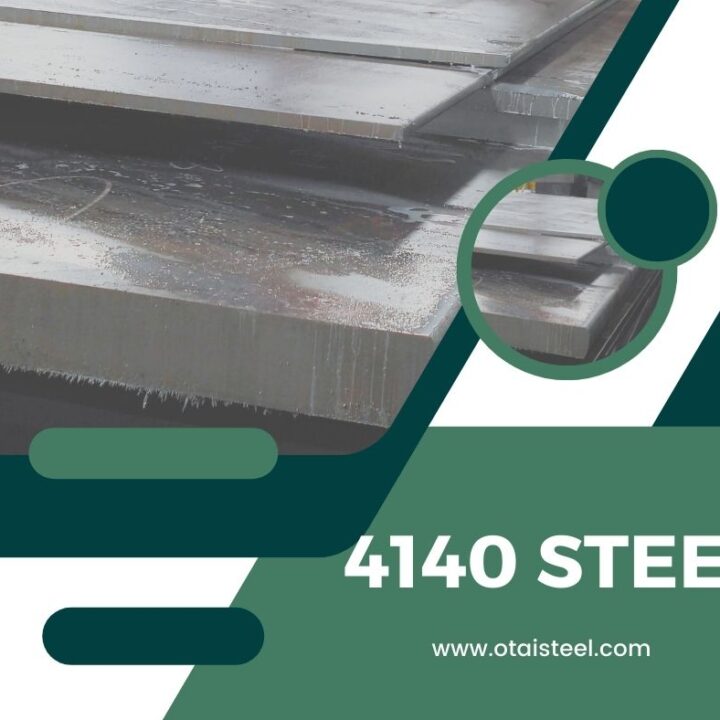D2 Tool Steel
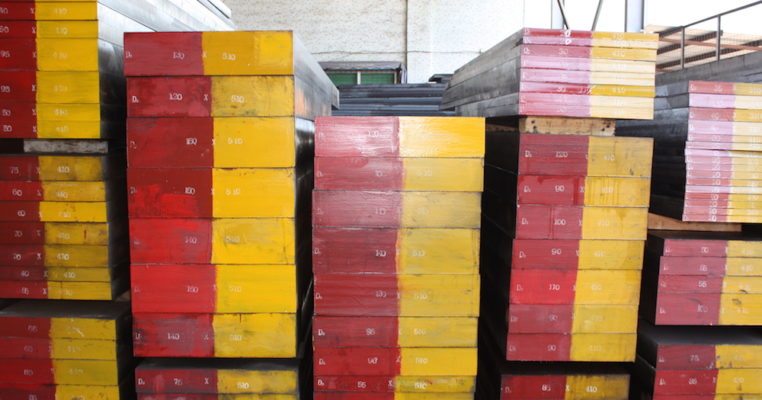
D2 Tool Steel
D2 Tool Steel
D2 Tool Steel is a versatile high-carbon, high-chromium, air-hardening tool steel that is characterized by a relatively high attainable hardness and numerous, large, chromium-rich alloy carbides in the microstructure. These carbides provide good resistance to wear from sliding contact with other metals and abrasive materials. Although other steels with improved toughness or improved wear resistance are available, D2 provides an effective combination of wear resistance and toughness, tool performance, price, and a wide variety of product forms.
APPLICATIONS: Rolls, punches, dies for blanking, forming, trimming, and thread rolling, shear knives, food-processing knives, and gauges.
To make a good working knife, you need a good piece of steel.
Besides being a talented writer, the late Butch Winter was also an enthusiastic hunter, with what was once the largest privately owned collection of custom knives in America. When Butch wrote a published article stating he didn’t care much for D2 tool steel because knives made with it tended to either be too hard or too soft, it made an impression.
In the years preceding his death, Butch found knives like Bob Dozier’s, which were made with D2 steel, to be to his liking. Dozier’s D2-bladed knives have set a performance standard for years. You can buy fancier D2 knives or less-expensive D2 knives. But, when you want a knife that can cut as well as any made with D2 alloy, Dozier Knives continues to be the comparison standard.
Butch Winter sagely stated there are no bad cutlery steels, although some might be better-suited for certain applications than others. My personal experience with knives made with D2-steel blades has been that the steel is capable of providing a performance range that stretches from good (in the top 50%) to phenomenal (in the top 1%).
How does a buyer determine where the knife is on that scale? It’s a valid question, but one for which I don’t have the definitive answer. I do have a better-than-average comprehensive explanation for why that definitive answer is elusive.
D2 STEEL MAKEUP
The chemical content for D2 tool steel is 1.4-1.6% carbon, 0.60% manganese, 11.00-13.00% chromium, 0.30% nickel, 1.10% vanadium, and 0.70-1.20% molybdenum. The primary use of this steel is for making stamping dies that cut steel pieces out of other, softer steels. The actual percentage of D2 tool steel produced by steel makers that winds up in use as knife blades is quite small.
While I have no evidence that distribution of available product might prejudice how steel makers provide the D2 steel they make, as a chemist, I can tell you that all D2 steel is not identical. Every production lot has allowable fluctuations in the component contents. This means that it’s possible for the variables to stack in a way that may either result in an ordinary serviceable knife or in an extraordinarily good knife. And the result may not be evident until after a knife is finished.
Bob Dozier told me during a telephone conversation that, once in a blue moon, he has to send a shipment of D2 steel back to the steel supplier after heat treatment of the first blades when, after testing, they did not give the results he expects from his proprietary heat-treatment procedures.
Not all knifemakers are as conscientious or demanding about quality control in their heat-treating as Bob Dozier. Every time we talk, he stresses that it’s consistency and uniformity of heat treatment that’s the primary factor in his knives performing in a superior way, knife after knife. Bob confirms that to make a good working knife, you need a good piece of steel.
DON’T JUDGE D2 STEEL BY ITS LOOKS
You can’t tell how a knife cuts just by looking at it — you have to cut something with it. I perform cutting tests in materials that have proven to be hard to cut for all but the very best knives. I also do side-by-side cutting comparisons while doing daily cutting chores to distinguish which knives cut with the fewest limitations.
For instance, the D2 knives that made the fewest cuts on rope using only 1-inch of blade, and comparable edge geometry, still accomplished enough slices to be on the high end of “good” by my evaluation criterion. The longest-cutting knives will cut 10 times longer between sharpening, than the knives with the least cutting endurance.
I can take the two very best D2-bladed rope cutters I’ve tested and compare them by cutting the neck off a plastic bottle. One blade can accomplish this with a single slice; the other blade requires 15 slices. In this case, the different heat-treatments achieve different carbide grain sizes, and the larger carbide grain apparently cuts this plastic better than the nano-grain carbide, which is 10 times smaller.
SO, WHAT KIND OF KNIFE DOES D2 STEEL MAKE?
It varies from good to extraordinary, depending on the production lot of steel, the way the steel is heat-treated, and the way the blade edge is beveled and finished. The knife owner can control the last two variables, but the others are established invisibly before the knife is purchased.
The only way to know how good your knife is, is to test it with repeatable cutting tests. It’s like accuracy-testing a firearm. Experience may indicate that a certain type of gun usually performs well. However, the way it performs can depend on the ammo used, and preferences will vary from individual gun to individual gun.
